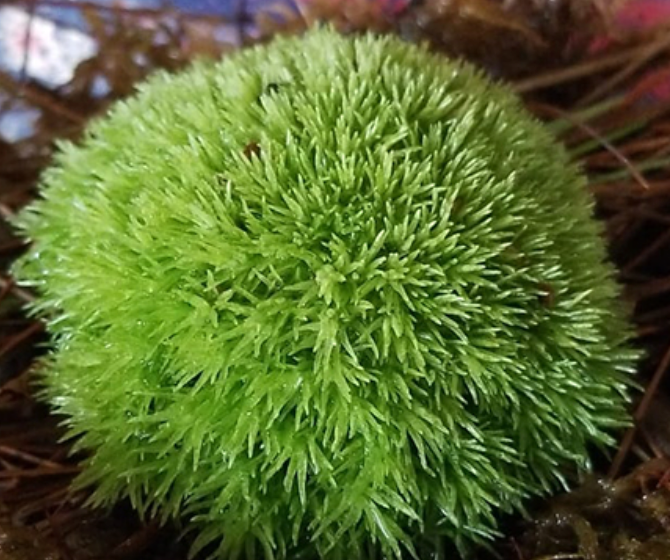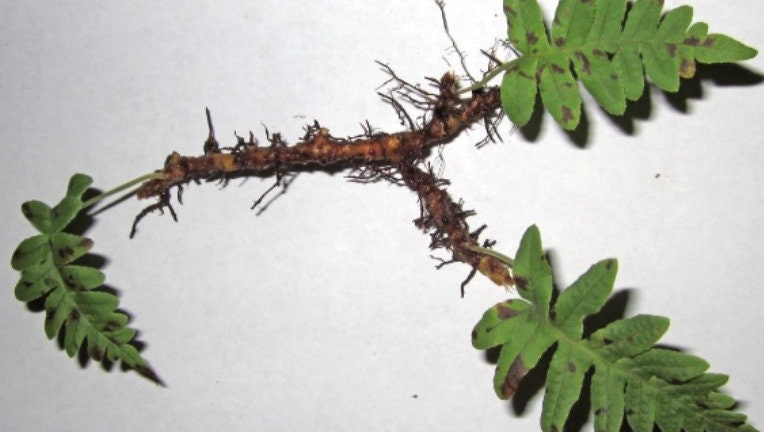Mosswholesale
Liquorice fern, Polypodium vulgare rhizomes with Phytosanitary certification and Passport, grown by moss supplier
Liquorice fern, Polypodium vulgare rhizomes with Phytosanitary certification and Passport, grown by moss supplier
Impossible de charger la disponibilité du service de retrait
We sell Liquorice fern as rhizomes with one or two new growth knots where the stikes will come up, We sell as spores in a mixture of agra-agra cloning agent and sterilized water.
We are a official plant nursery based in France, all our plants, and bryophytes have plant passports with our official agricultural B number 0340088V, when being sent to all EU countries, countries outside the EU will be sent with a Phyto certificate, this process will take a little longer to process the orders as the Phyto certificate can take 1 week to to receive the certification.
We offer free shipping to France and EU countries from 100 euros of items bought and free shipping to none-EU countries for order over 500 euros.
For more information please contact us.
These syringes are easy to use, just place an amount on the substrate or rock wall interior or extrior allow a few hours for the Agra-agra to solidify no need for watering as the agra-agra contains enough water to get the fern going.
Growing from roots:
If you wish to plant it in the ground, make sure the soil is neutral to acidic, humus-rich and well-drained. In a coastal area, the licorice fern can handle full sun, though partial sun is also suitable, especially in dry climates.
The trick to successfully transplanting it into your garden is finding a comfortable spot for it. Areas that are naturally mossy are perfect, as any conditions that support moss should also support a licorice fern.
Typically, you'll find this moss on a tree trunk or branch; a simple slicing through the moss will open to make a cozy bed for your licorice fern. You can tie the licorice fern to the mossy spot using fishing line; after the first year, you'll need to remove this netting to give the fern room to grow.
If you don't have moss in your garden, a concave spot on a large rock or a spot nestled between stones should support a licorice fern, as long as you cover the spot with organic debris before transplanting. An inch or two of debris, covered in moss, should suffice to feed your licorice fern the nutrients it needs to thrive. If you wish to plant it in the ground, make sure the soil is neutral to acidic, humus-rich and well-drained. In a coastal area, the licorice fern can handle full sun, though partial sun is also suitable, especially in dry climates.
The licorice fern grows in winter and goes dormant in summer. It appreciates a light dose of a balanced fertilizer during the growing season, from autumn through spring. Your fern will die back during hot summers, but you can water it to keep it green during dry periods if you prefer a lush garden year-round.
Cultivation Easy to grow in moderately fertile, moist but well-drained or drier soils in sunny or lightly-shaded sites.
How To Grow
ferns can be grown in a moist terrarium, aquarium, or in small plastic boxes, as long as it is not too hot. These locations allow for better-controlled growth conditions and modifications to allow as much expansion as possible.
Low light and some added CO2 can kick ferns growth rate to an accelerated new level.
Our Clay discs are inoculated with thousands of spores. Your clay disc arrives dehydrated. First rehydrate your disc by placing in a bowl or plastic container and covering it with water, leave it for about 1 hour. You can either use your disc whole or dive her into smaller pieces. She can be squished into cracks in walls or rocks or placed on top, it is advised to push down and hold your disc to its forever place then do not disturb. Do not put the disc under a running water feature as the clay will run off, this will disperse spores everywhere.
Watering
ferns are the type of plant that will require a large quantity of water and high humidity spraying the leaves regularly is advised.
Adding diversity to an enclosure is key to an aesthetically pleasing enclosure. Try mixing up the look of your vivarium with different flora that can easily co-exist in the same types of environment.
Polypodium vulgare, Réglisse des bois, Liquorice fern, the common polypody, is a fern of the family Polypodiaceae.
Polypodium vulgare is an allotetraploid species, believed to have arisen by chromosome doubling of a sterile diploid hybrid between two ferns which are not known in Europe.
The common polypody occurs throughout western Europe and North Africa. It is very common in France, where it is found up to an altitude of 2,000 metres (6,600 ft).
The fern's proposed parents are the northern Asian and northern North American Polypodium sibiricum and western North American Polypodium glycyrrhiza.
Biochemical data point to a species from eastern Asia as the second possible parent.
The name is derived from poly (many) and pous, podos (a foot).
Polypodium vulgare, the common polypody, is a fern developing in isolation from along a horizontal rhizome. The fronds with triangular leaflets measure 10 to 50 centimetres (3.9 to 19.7 in). They are divided all the way back to the central stem in 10 to 18 pairs of segments or leaflets.
The leaflets become much shorter at the end of the frond. The leaflets are generally whole or slightly denticulated and somewhat wider at their base, where they often touch each other. They have an alternating arrangement, those on one side being slightly offset from those on the other side. The petioles have no scales.
The sori are found on the lower side of the fronds and range in colour from bright yellow to orange. They became dark grey at maturity.
Period of sporulation: July to September.
Mode of dissemination: anemochory (wind dispersal).
Polypody has traditional uses in cooking for its aroma and sweet taste, and in herbal medicine as a purgative and vermifuge.
The sweet flavor of the rhizome was once attributed to the glycoside glycyrrhizin. However, a study has shown that the flavor may actually be due to polypodoside, which is 600 times sweeter than 6% sucrose solution.
Licorice fern was chewed for flavor by numerous Native American groups, including the Squamish, Shishalh, Comox, Nuxalk, Haida, and Kwakwaka'wakw. The rhizomes were also usually used medicinally as a treatment for the cold and sore throats.
Materials
Materials
Shipping & Returns
Shipping & Returns
Dimensions
Dimensions
Care Instructions
Care Instructions
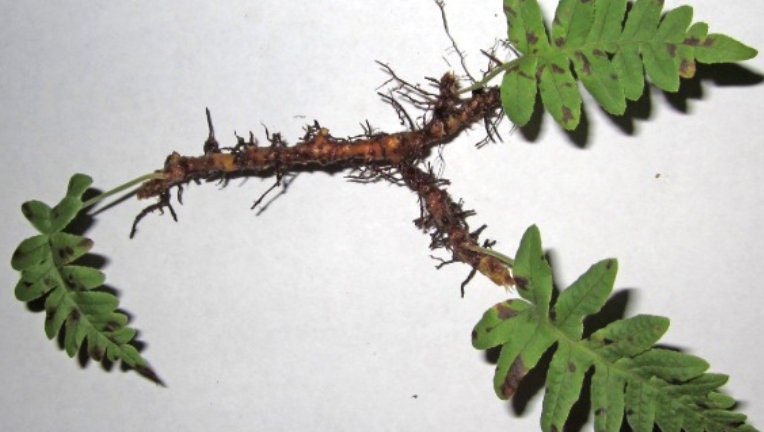
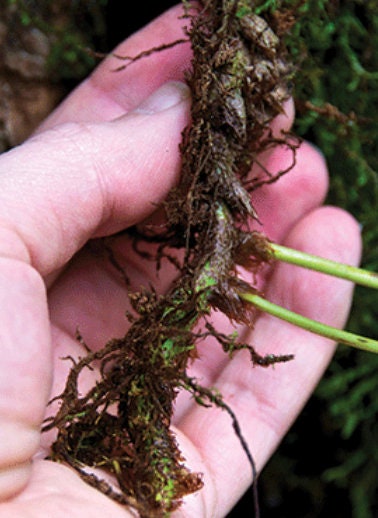
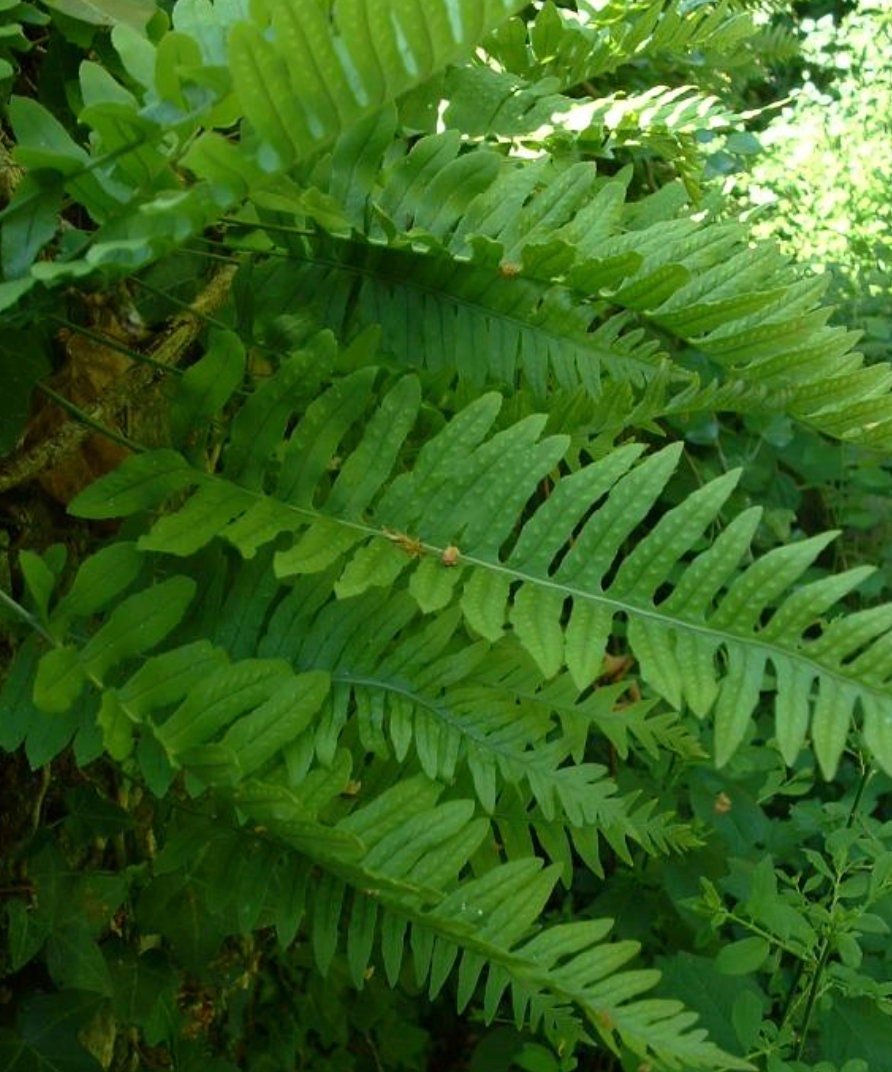
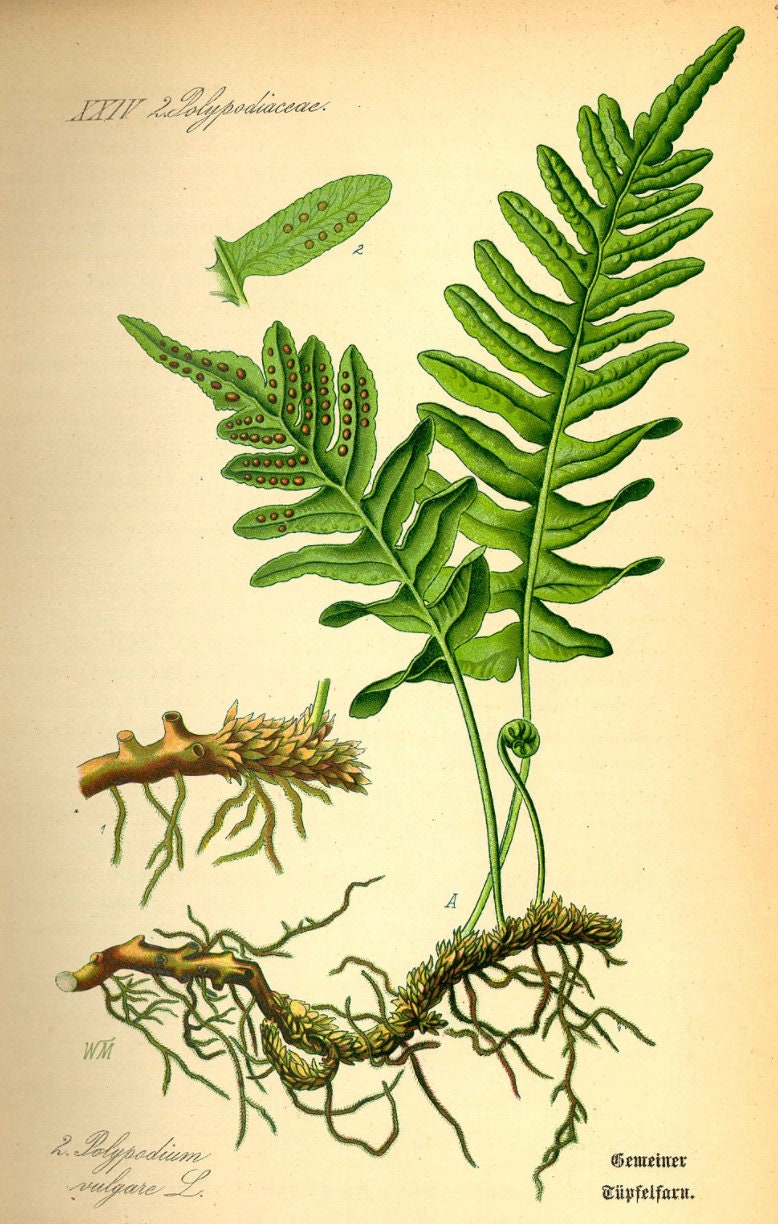
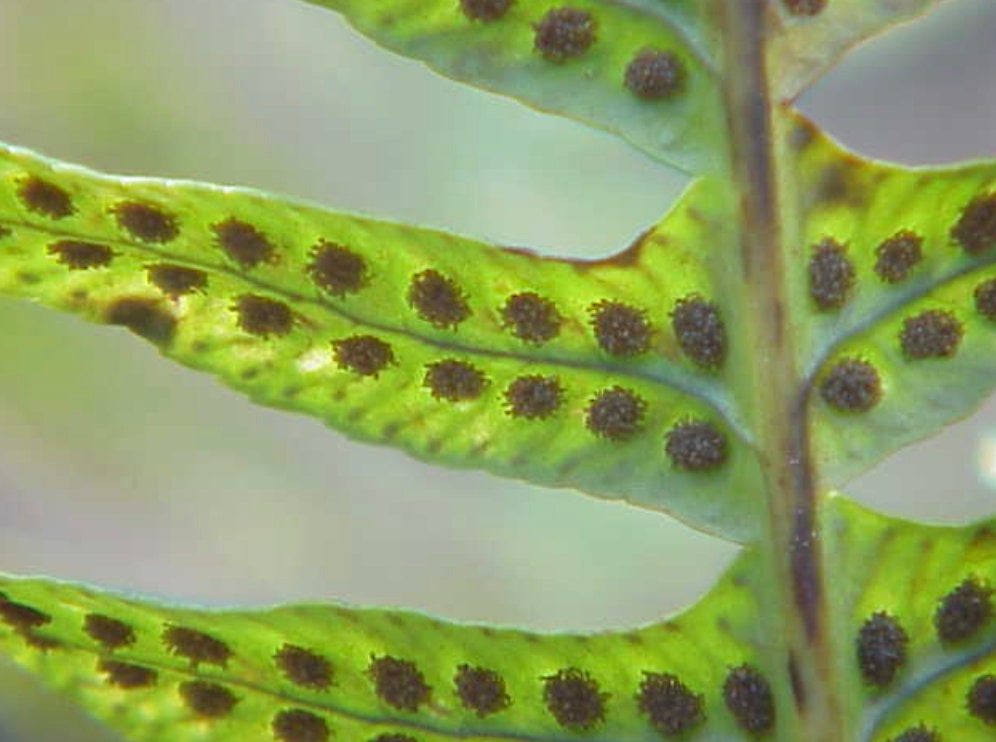
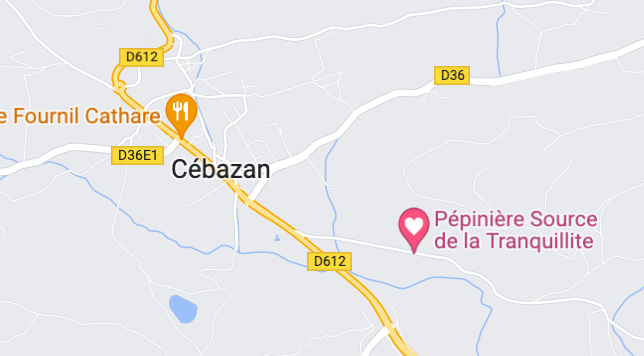
-
Free Shipping
We offer free shipping in France! and internationally for orders of 500 euros or more.
